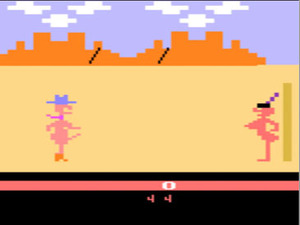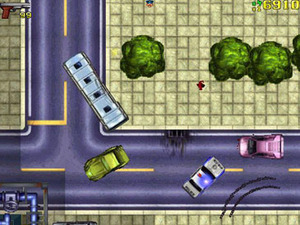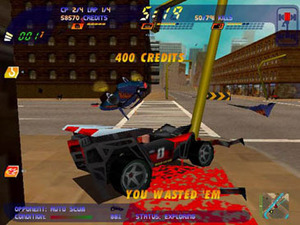
Introduction
With every generation of new graphics card comes a new level of realism, of full immersion into games that are sometimes ethically dubious. Already we spend hours out of every day either killing monsters, killing humans, being drug dealing gangsters or simply living a completely separate existence in our favourite role playing games.Rather than going to the park kicking a football around, we prefer to manipulate the polygonised versions of Beckham, Shaq or any of the numerous EA sports heroes. We want more than realism, we want reenactment; we crave the chance to play as the sniper in World War 2, or as the lone spy sent in to stop the terrorist masses. Commentators and public figures have criticised the games industry, especially recently, for indulging us in our fantasies.
Today I am going to look at the history behind controversial games, why some are up-in-arms about upcoming games like Bully, how the countries around the world are dealing with the ethics of video games and how the modern gamer should react to such criticisms.
The Roots of Ethically Questionable Gaming
Some may (wrongly) believe that games have only been criticised in recent years, since Grand Theft Auto. However, as a matter of fact the video games industry has been targeted as a source for misleading the youth of tomorrow pretty much since the word go. Here's a quick history lesson of some of the games that caused upset and bought us to where we are today:1976 – Death Race, originally named Pedestrian, allowed players to run over ‘Gremlins’. Despite looking completely inoffensive compared to modern standards people at the time were outraged by its barbaric nature. Only 500 of the arcades machines were made before being banned in the early 80’s.


Death Race sported awesome graphics, whilst Custer wasn't exactly a paradigm of taste.
Early 1990’s – The early 90’s saw the popularity of beat-em-ups, with Mortal Kombat and Street Fighter high up the list. People locked themselves away on the SNES or spent half of their weekly wages in their local arcade trying to work out how to perform the Kombat Fatality moves that produced the most gore.
Games like Wolfenstein 3D, Doom and Rise of the Triad were all forerunners in the genre now known as the first person shooter.


The original Grand Theft Auto, left, and Carmageddon, right.
1997 – By 1997, with gaming rapidly moving into the mainstream, games like Carmaggedon, Grand Theft Auto and Postal had become popular. The theme of killing remained but now the perspective, playing as the bad guy, had changed. Games were now far more realistic, far more involving and were branching out into areas that society has been traditionally uncomfortable with. With the increase in graphical realism and this shift to playing the morally ambiguous badguy, questions began to be asked in seriousness.

MSI MPG Velox 100R Chassis Review
October 14 2021 | 15:04









Want to comment? Please log in.